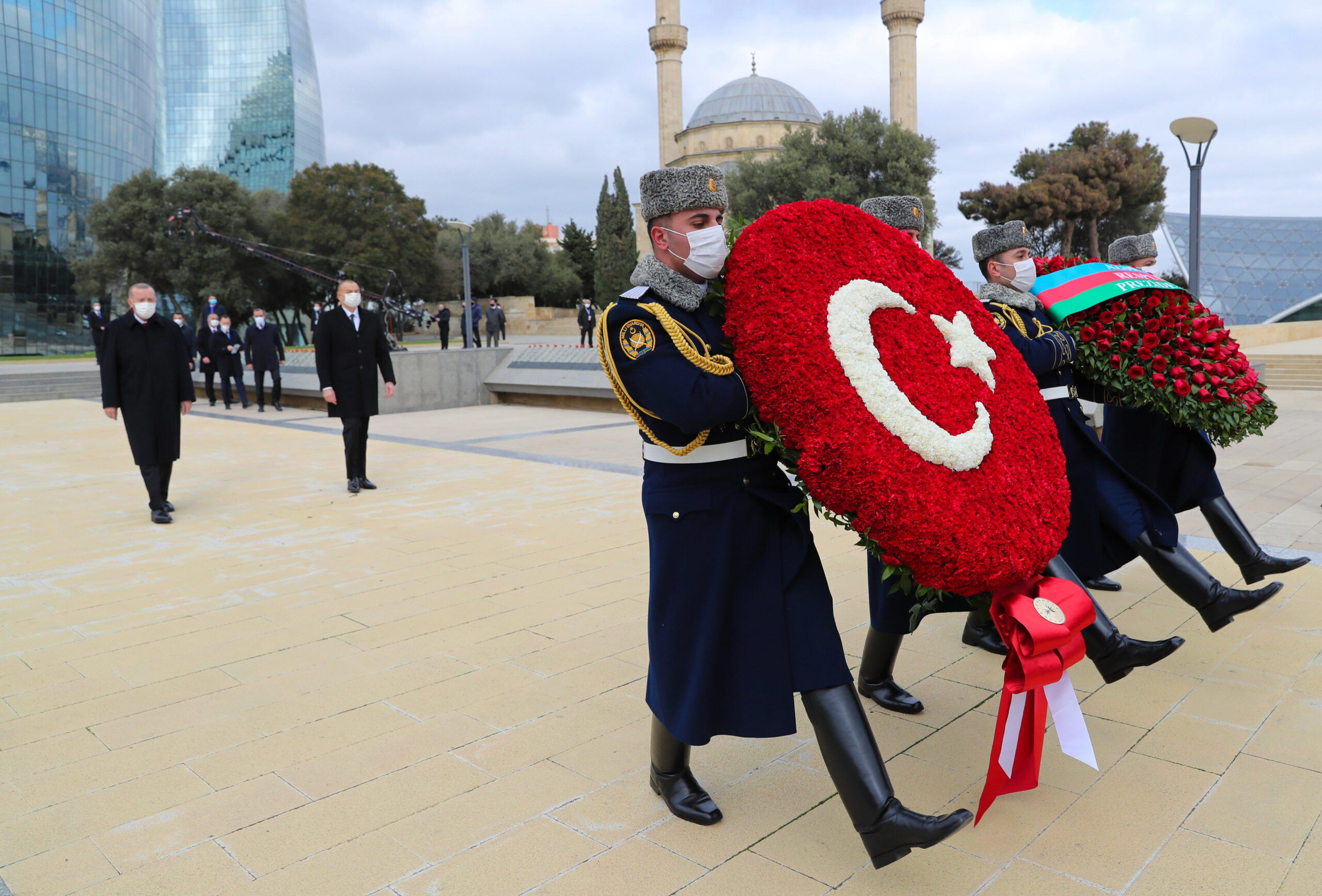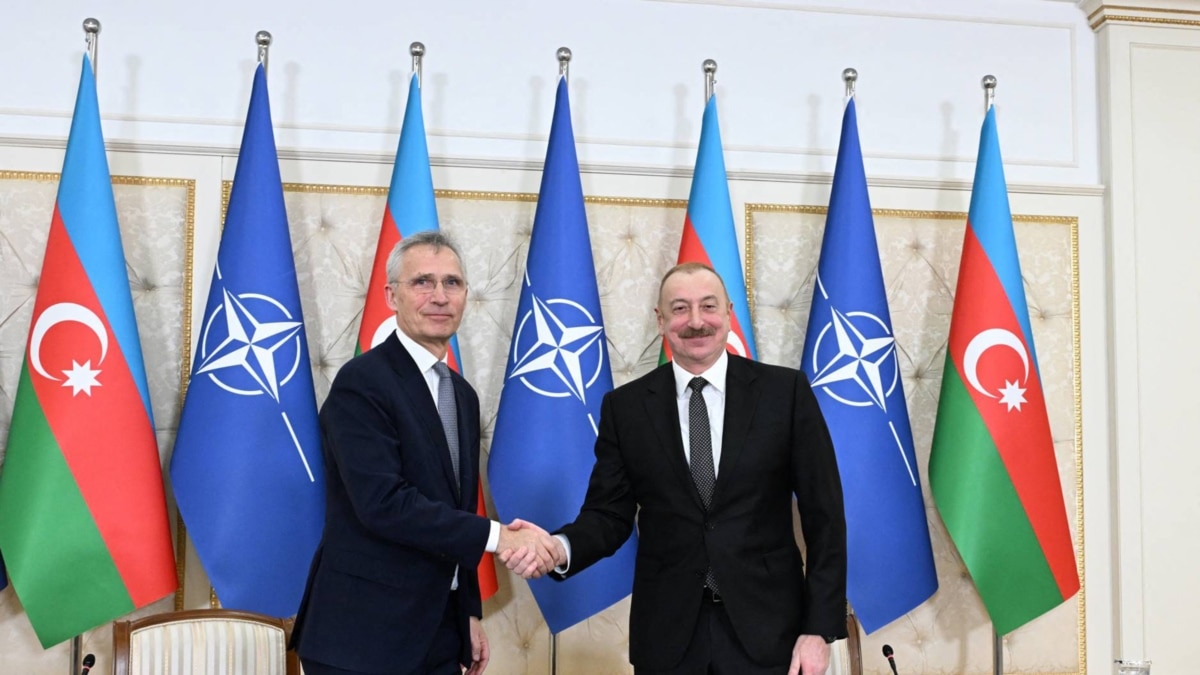Continuing from this, details about the development cost and workshare agreement for the block 2 and 3 aircrafts seemse to be very scarce. Can someone fill me in here as well? On top of that, are there any indigenous efforts to develop critical avionics?
For example, T-50 and ita varriants in the beginning were controlled by LM supplied mission computers and FBW system, which were later replaced by indigenous systems, that were developed separately from KTX-II program (also making them not subject to IP and data ownership and usage agreements of KTX-II program).
I've read somewhere thay early on in the program, Pakistanis have decided to separate avionics development and integratiom from the airframe design and development program, which again, is remarkably similar to what Kore did with KTX-II. If so, I coukd see the possibility of Pakistani indigenous (or joint program with Turkiye for) avionics develeolment as well, though as with other parts of the program, detailed infos are scarce.
Sadly, most surface level info in the web are either Pakistani or Indiam chauvinist trolls being trolls, and Chinese and Pakistank forums with relevant threads are dozens of pages long, which I'm quite certain I wouldn't fin much informarion about the things I am looking for.
So if possible, I would be very grateful if you share what you know with me and others in the forum.
@Bilal Khan(Quwa)
@VCheng
@Kaptaan
@Waz
@Fatman17
Unfortunately, information of this depth isn't available in public channels. That said, I do think a 'rearrangement' may be on the cards over the next several years.
There's a 'JF-17 PFX' program (likely 'Pakistan Fighter Experimental'). I theorize that the PFX could be the PAF's play to bring the entire JF-17 production line in-house as it would be the most assured and economical way of supporting the PAF's JF-17 fleet in the long-term, especially through the 2030s and beyond.
Basically, with the J-10CE and J-31, AVIC has no need to market the JF-17. Originally, it had envisioned the JF-17 as a good replacement for MiG-21 and F-7-type aircraft, but the market has not resonated in the way AVIC or the PAF expected. In actuality, not a lot of countries need a fighter like the JF-17, and the ones that do - i.e., South Korea and India - have developed their own. It's a niche requirement. However, if there was any additional scope in the market, I think KAI has largely taken it over with the FA-50, which offers air forces that high-technology, low-cost multirole fighter solution while still aligning with Western technology and concepts.
For AVIC, the market opportunity likely rests on promoting high-capability solutions like the J-10CE and J-31, for which ITAR-free options are few and far between. States like Saudi Arabia, UAE, Egypt, Algeria, Iraq, etc., will likely prefer those solutions as it'll give them next-gen fighter capabilities at a competitive price.
So, for AVIC, the JF-17 is likely bordering on deadweight. Thus, I think talks may be happening between AVIC and the PAF to transfer the entire JF-17 program to PAC. There's no loss for AVIC as the PAF is firmly committed to the J-10CE, committed to the J-31, and is rumoured to be negotiating for the L-15B. So, transferring the JF-17 to Pakistan won't result in AVIC losing future sales in the PAF; quite the opposite.
Thus, I think a lot of what you're saying could ultimately happen, but through a JF-17 that is entirely built in Pakistan (with AVIC as more of a subcontractor for supplying necessary know-how and engineering support). 'JF-17 PFX' could potentially involve the development of a domestic flight control system, mission computers, HMI, and other inputs.
Despite their faults, the PAF leadership likely senses that their ability to import big-ticket items - esp. fighters - will get more constrained in the coming years. Thus, they need a locally sourced fighter that leverages as many domestic inputs as possible. As they already have a start with the JF-17, it makes sense to build upon it by pursuing a turnkey manufacturing element plus, with time, indigenously sourced critical inputs.
TLDR: There's a 'JF-17 PFX' initiative that may reflect some of the ideas you've raised, and the contractual or IP-sharing roadblocks may be gone in a few years with AVIC selling its share in the JF-17 to the PAF so that PAC can manufacture the entire jet and manage the whole program independently.















